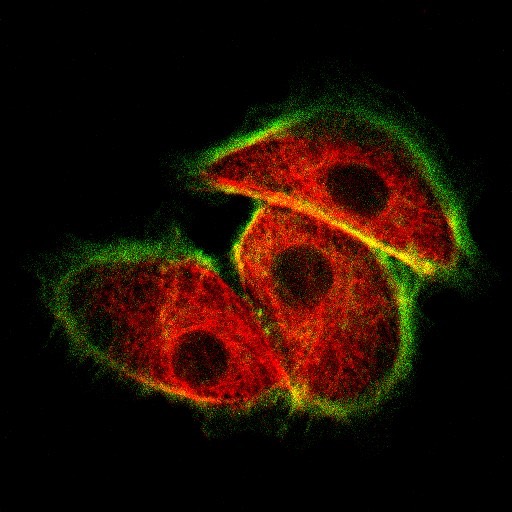Models and equations for:
- Active and passive transport in cells
- Diffusion in solution and membrane
- Osmosis and osmotic pressure
- Active transport
- Electrodiffusion, Nernst potential and membrane potential
- Electrical properties of the nerve cell
- Cellular homeostasis
